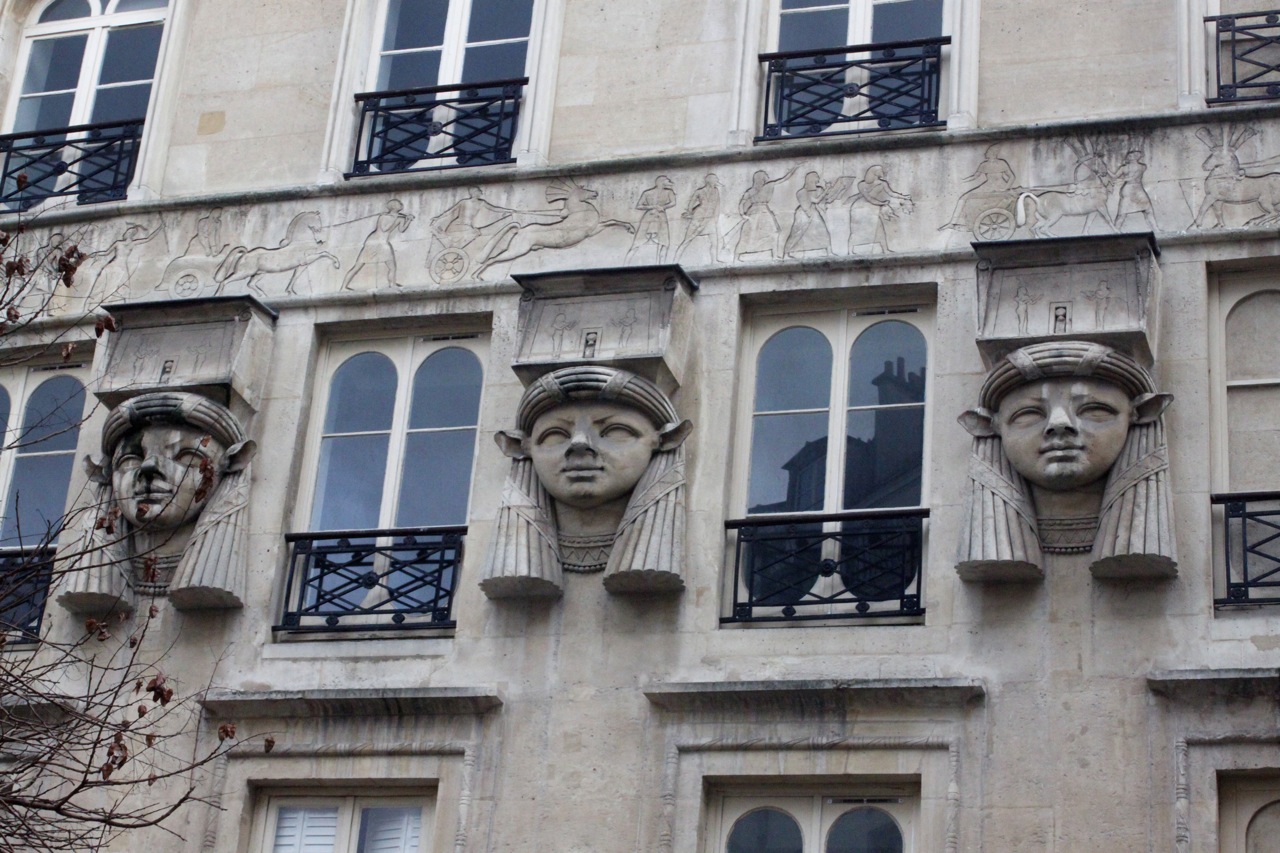To what extent do these mixed-income efforts providemechanisms to integrate low-income people into well-functioning communities withaccess to amenities and opportunities, and to what extent are they mechanisms to facilitatethe appropriation of urban space by and for more affluent residents and the interests ofcapital in the context of a broader neoliberal agenda
From what I've learned this semester, this is the question at the root of urban planning and development: how will this effect the upper and lower classes respectively? To what extent are these projects meant to integrate these two vastly different groups of people? At what point do they just become money-making schemes? In the case of the BeltLine, the original intent of the project was to create a space accessible to and affordable for all. The popularity of and the potential profitability of the project has cause priorities to shift in favor of the upper class.
 Singapore
Singapore Vienna
Vienna New York City
New York City
 (
(
